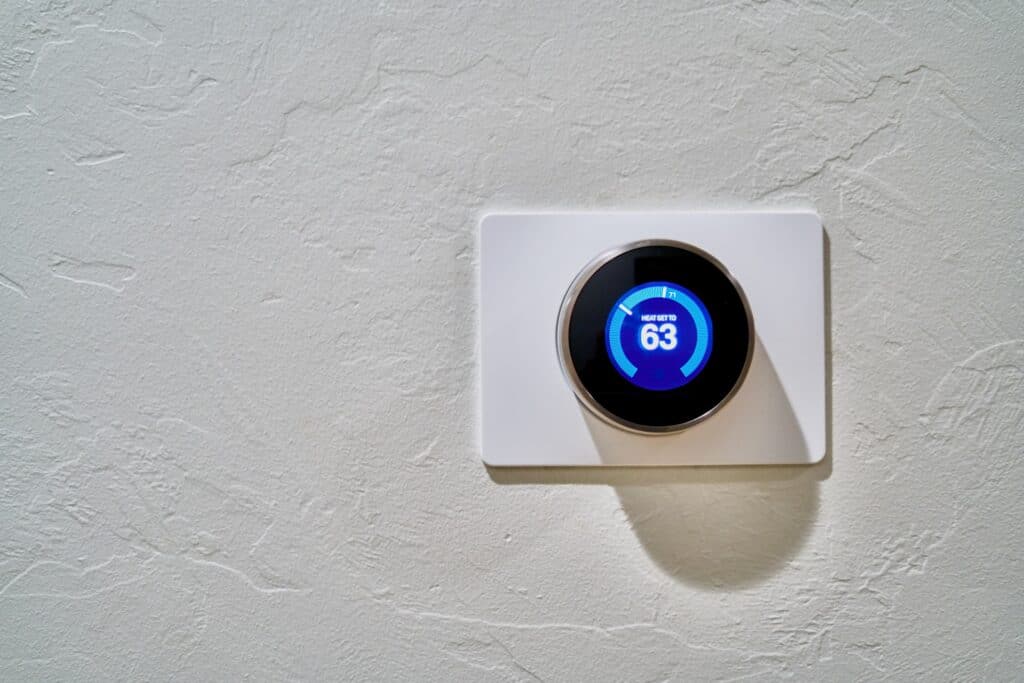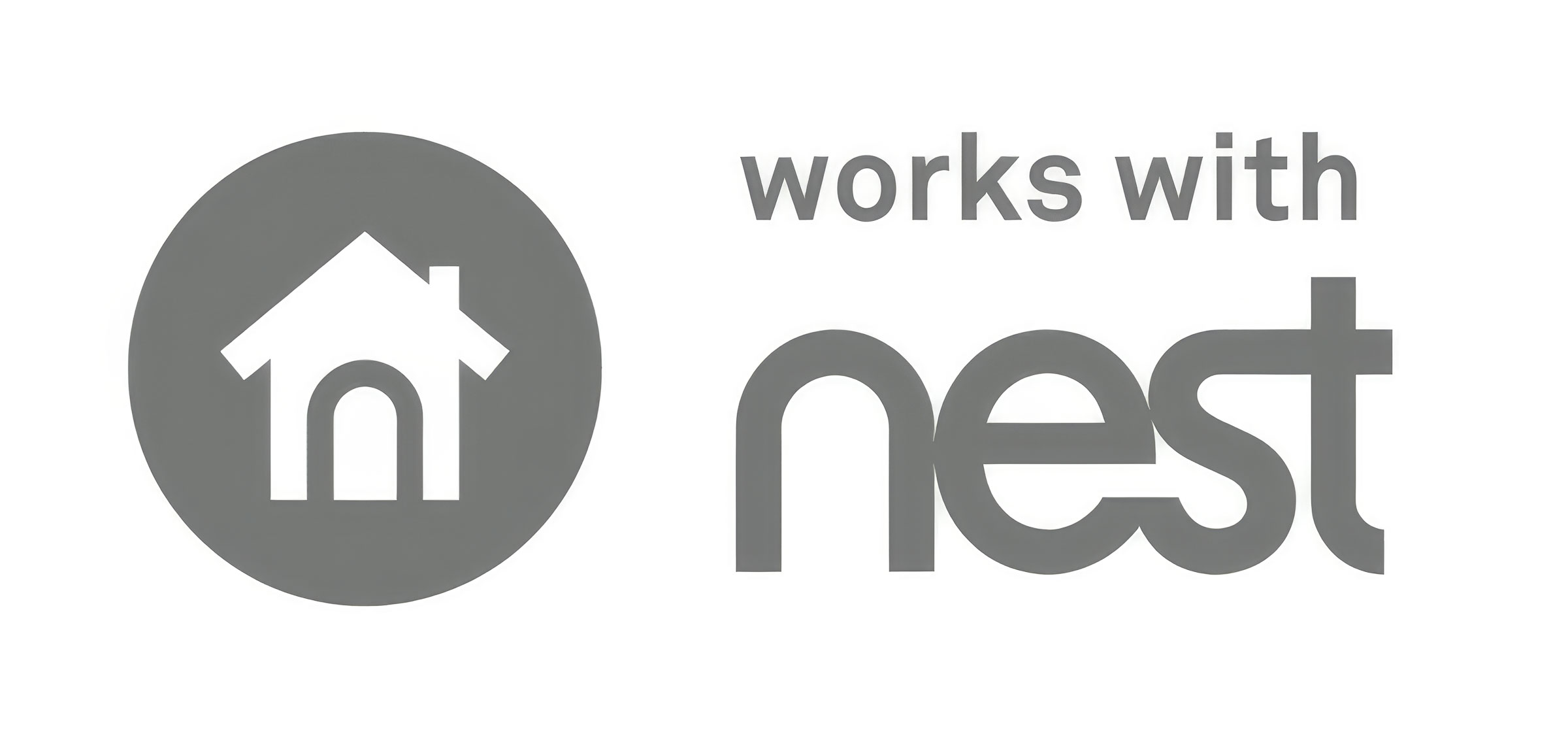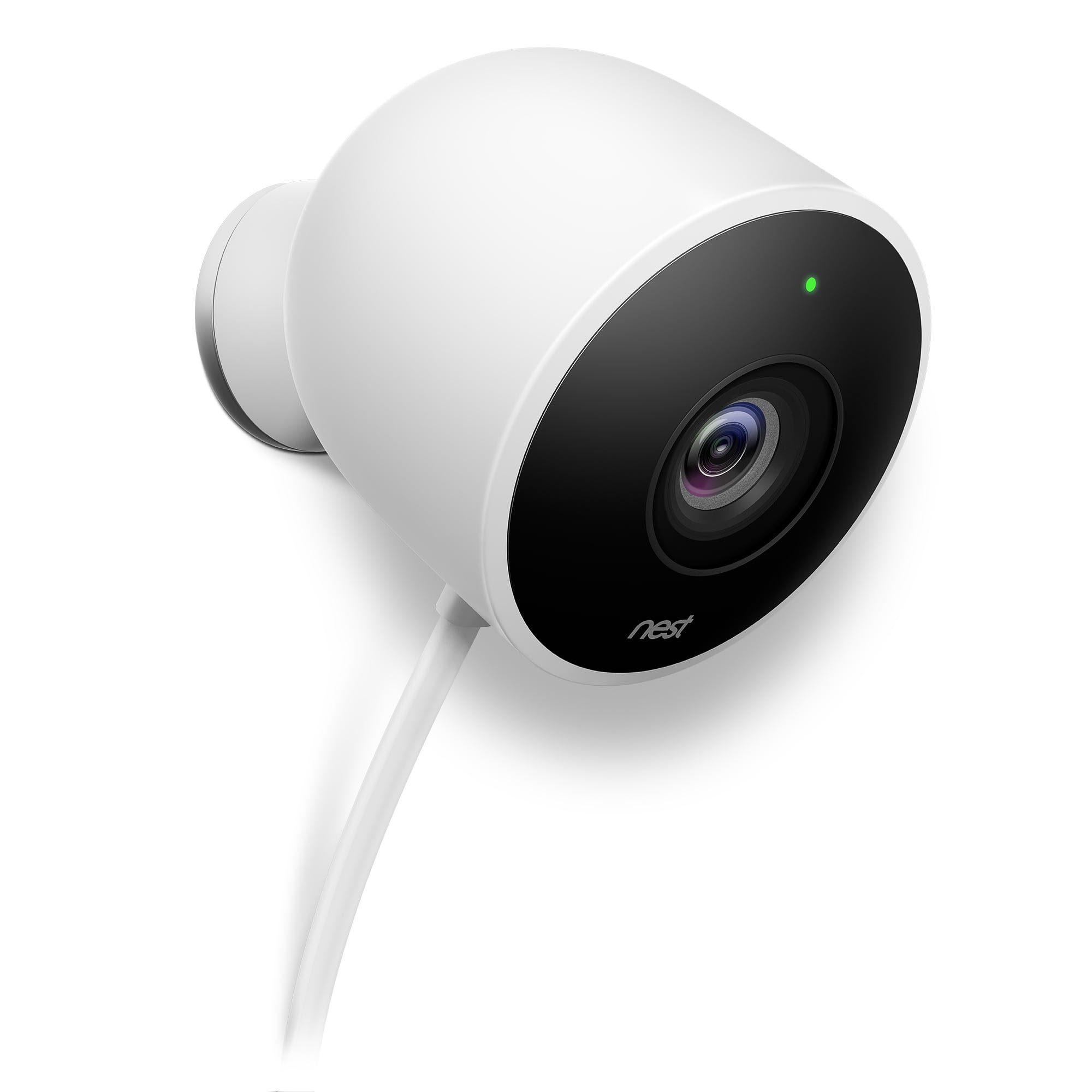
As we navigate through the latter half of 2021, it's high time to revisit the current state of Google Nest integration with Home Assistant. This integration encompasses Google Nest Cam and Google Nest Thermostat, along with their respective sensors. Google Nest smart speakers have consistently demonstrated solid integration with Home Assistant, thanks to their media casting capabilities. Regrettably, the Google Nest Protect smoke and carbon monoxide detector remains inaccessible.
Contents
Looking past Works with Nest
Significant changes have occurred since Google abandoned the Works with Nest program in favour of the Smart Device Management (SDM) API. Although this shift entails a one-time fee of US$5, the integration has returned to its former glory.

In this concise article, we delve into the Google Nest devices compatible with Home Assistant, highlighting the features and functions you can expect to gain from this integration. Google's Smart Device Management API appears here to stay, but given Google's track record with services such as Google Reader, Google+, and Nest Secure (among others), a degree of uncertainty lingers.
How does Google Nest integration with Home Assistant work?
Regrettably, Google does not allow any local control of Nest's hardware yet. Consequently, integration with Home Assistant hinges on cloud pushes. Although this renders the integration inoperative during internet outages, it has earned a platinum rating on the Integration Quality Scale. The result for users is an incredibly responsive and top-notch experience.
As already mentioned, the integration does require a payment of US$5. This is a one-time payment and not a monthly or yearly fee. But there is no way of avoiding the payment. To be fair to Google Nest, this is a much better way of handling things compared to what, for example, Wyze is currently doing. There is one more requirement you need to fulfil: You must access Home Assistant over SSL and a public top-level domain. Google rightfully does everything to protect your credentials.
Integrating Google products with Home Assistant, such as Google Calendar, can be time-consuming, a fact that also holds true for Google Nest Cams, Thermostats, and sensors. For detailed instructions on setting up this integration, consult the Home Assistant website.
Which Google Nest devices can integrate with Home Assistant?
All Google Nest Cams can be viewed as a camera entity within Home Assistant. In addition, the camera streams from the Google Nest Hello Video Doorbell and the Google Nest Hub Max can be accessed.

Beyond simply viewing camera feeds, the integration with Google Nest delivers triggers to Home Assistant, including events like a Google Nest Cam detecting a person or motion, or someone pressing the Nest Doorbell.
The Google Nest Thermostat provides a climate entity that allows for adjusting the target temperature. Users can also access temperature and humidity readings from the smart thermostat's integrated sensors. However, the Google Nest integration currently excludes additional sensors, focusing solely on those built-in to the devices.

We need more real competitors in the home automation device market. There’s actual demand for local smart devices that would respect privacy and not go through servers, open source devices and solutions that give users transparency and control over their hardware.
Unfortunately I can’t really think of any big devices that exist like this right now…
Unfortunately, local control doesn’t sell subscriptions. And let’s be honest, us Home Assistant users are prepared to do everything on our own. But we are in the minority. Your “average” consumer does not want to set up an NVR when Google or Amazon can store all the files for you. Your “average” consumer doesn’t even know what RTSP or ONVIF is, let alone what to do with it. The list goes on…